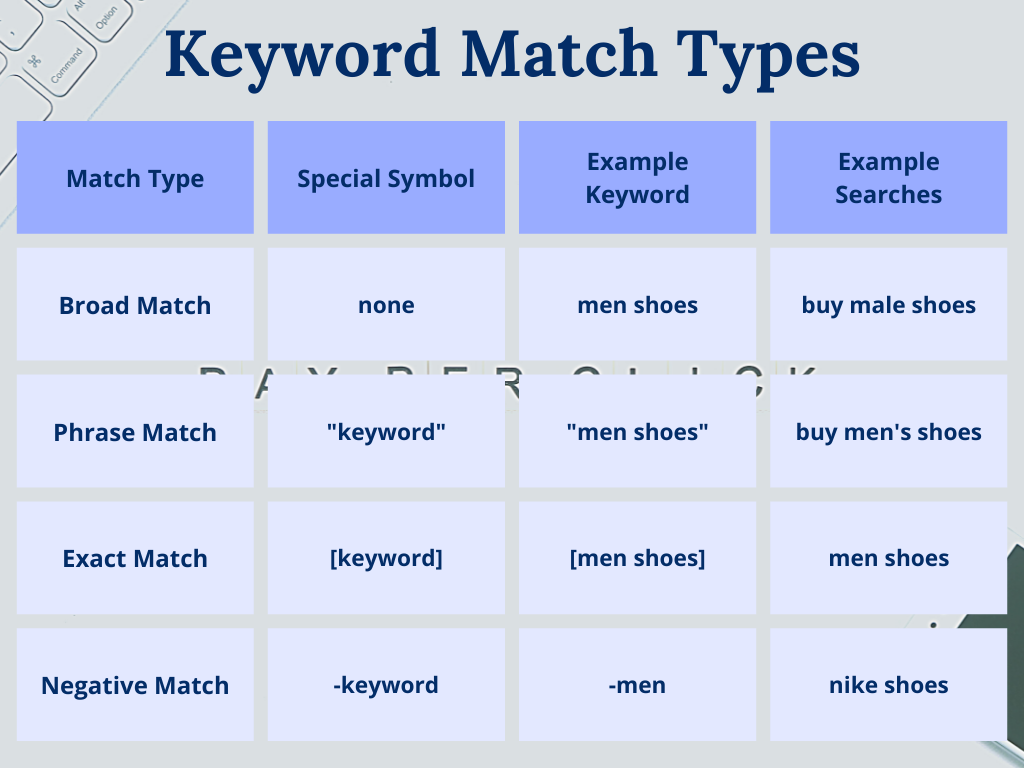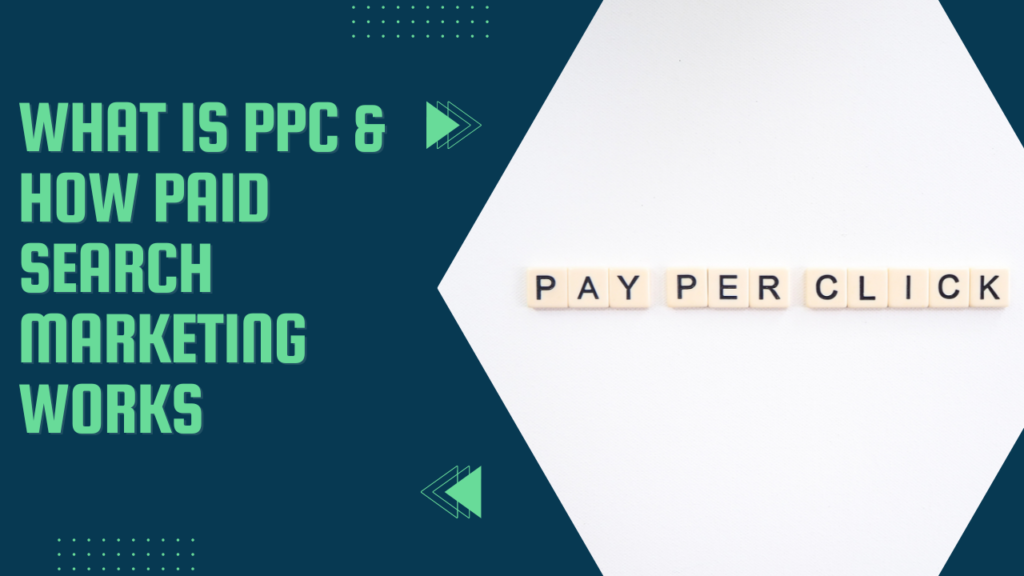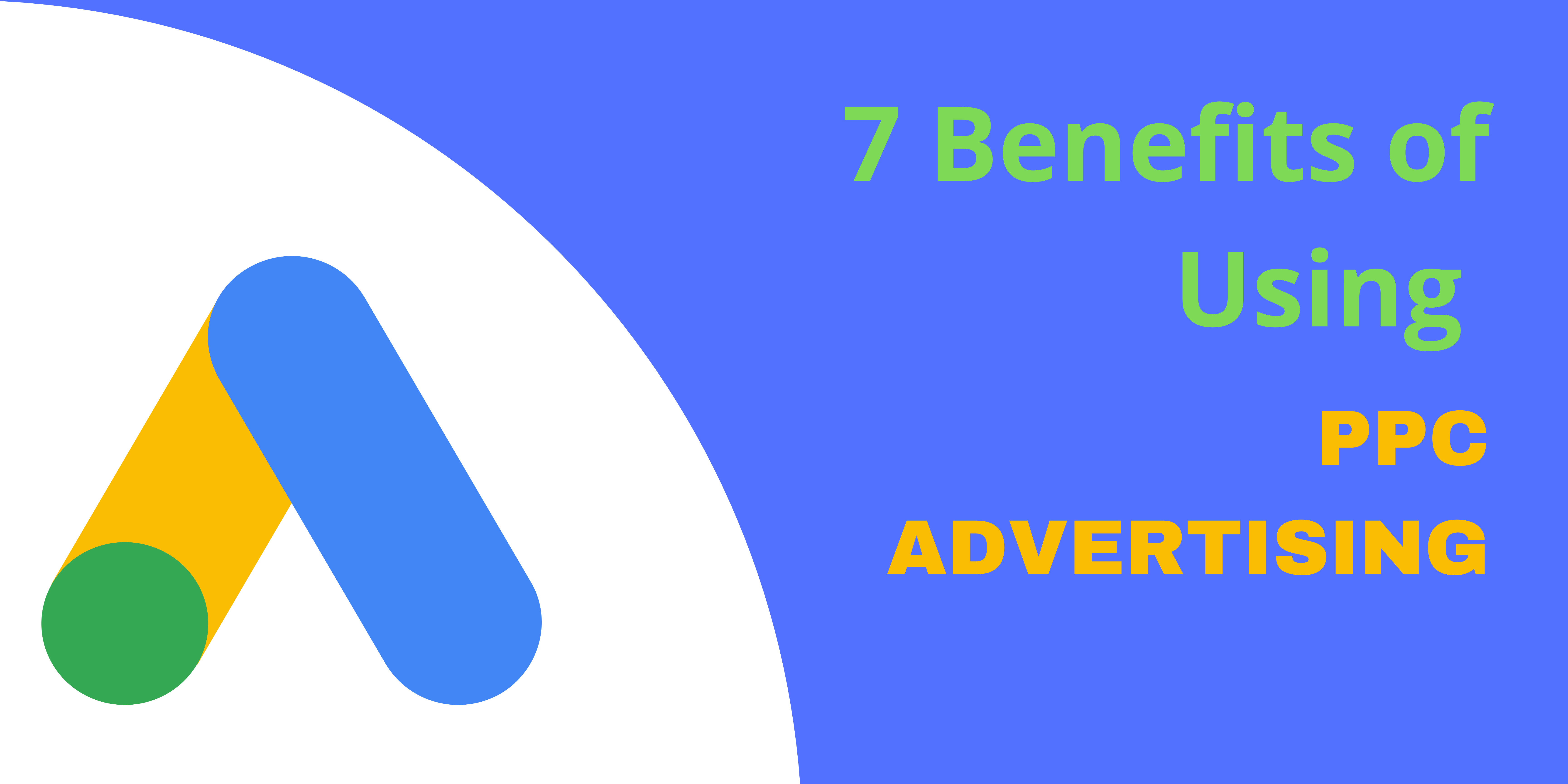Learn the fundamentals of paid search advertising, the essentials of pay-per-click (PPC) advertising, and how to get started with PPC.
What Is PPC?
How Paid Search Works
Instantaneously, an auction for the term occurs whenever there is an ad space on a search engine results page (SERP).
The winner who will appear in the top position is determined by a number of variables, including the amount of the bid and the quality of the advertisement.
The PPC system functions thanks to these auctions. They start when someone uses a search engine to look for something.
An auction is started based on the keywords that advertisers bid on to determine whether they are interested in showing adverts linked to a user’s search query.
The winning advertisements then show up on the search engine results page.
Advertisers use accounts on services like Google Advertising to set up their ads, choose where and when they should display, and participate in these auctions.
For convenience of management and reporting of various regions, product types, or other helpful categorization, accounts are divided into campaigns.
Campaigns are further broken down into ad groups that include related keywords and advertisements.
Keywords
- Queries: The actual terms that users enter into a search engine’s search box to retrieve results are known as queries.
- Keywords: On the other hand, marketers target these users by matching their search queries to keywords.
Negative keywords can also be used to avoid irrelevant traffic by preventing ads from being triggered by search queries containing those terms.

Ads
Budgets & Bids
Ad Rank
Google Considers:
- Bid amount.
- Ad relevance and quality.
- The context of the search (such as the user’s device and time of day).
- Format impact (e.g., whether it includes extensions that enhance the format of the ad).
Elements Of Quality Score:
- Rate of clicks in the past (CTR).
- The keyword’s applicability to the advertisement
- The ad’s and keyword’s relevancy to the search query.
- Landing page quality.
Targeting
- Device targeting.
- Location targeting.
- Day and time targeting.
- Demographic targeting.
Conversions
Types Of Conversions:
- Paying for a service.
- Enrolling in a newsletter.
- Dialling a phone number plus more.


